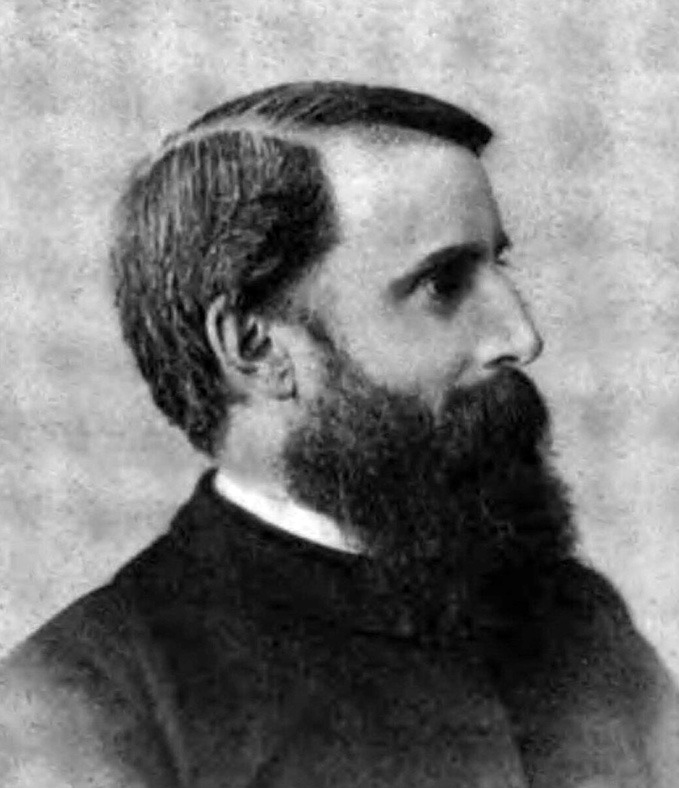
Today’s Leader of Faith
Dr. SAMUEL HENRY KELLOGG
Home Call : 03 May 1899
Hindi Bible’s guiding hand, Grammar’s voice across the land, Theologian who shaped belief, Author who brought truth and relief.
Dr. Samuel Henry Kellogg (1839-1899) was a highly influential Presbyterian missionary to India who played a significant role in revising and retranslating the Hindi Bible. He worked alongside William Hooper and Joseph Arthur Lambert, both of whom were also respected missionaries and scholars. Due to his exceptional command of Hindi and Sanskrit, Kellogg’s contribution to the Hindi Bible was so pivotal that no replacement was appointed after his death to continue his role in the project. He was a prolific author, and his works span theology, linguistics, and comparative religion. He was a renowned linguist, particularly noted for his contributions to Hindi language studies. His seminal work, A Grammar of the Hindi Language, published in 1876 and revised in 1893, was recognized by the British Government’s Secretary of State for India as an authoritative text. It was prescribed for all candidates preparing for the Indian Civil Service examinations. In theology, Kellogg was instrumental in shifting American Evangelical thought from Postmillennialism (the belief that Christ would return after a golden age of Christian dominance on earth) to Premillennialism (the belief that Christ would return before establishing a literal thousand-year reign). His writings and teachings influenced a generation of theologians and missionaries.
Kellogg was born on September 6, 1839, in Quogue, Long Island, New York to Rev. Samuel Kellogg, a Presbyterian minister, and Mary P. Henry Kellogg. He graduated from Princeton College in 1861 and continued his education at Princeton Theological Seminary. During his studies, Kellogg felt a deep calling to missionary work, inspired by a sermon about the need for evangelism in India, delivered by Rev. Henry M. Scudder. He decided to become a missionary and in 1864, he and his wife, Antoinette Hartwell, sailed for India where they lived and worked at Farrukhabad Mission, Calcutta.
Kellogg focused much of his efforts on evangelism and establishing Christian missions in India. His work included preaching, community engagement, and efforts to educate local populations in both Christian teachings and practical skills. One of his significant early works was his Hindi grammar book. In addition to his grammatical works, he was involved in several theological and biblical studies, writing articles and books to aid in the understanding of Christian teachings in the Indian context. After the death of his wife Antoinette in 1876, Dr. Samuel Henry Kellogg returned to North America with his four children. He worked for the Presbyterian Church of Canada and at the Theological Seminary in Allegheny. In 1879, he remarried Sara Constance Macrum. In 1892, Kellogg, along with Sara and their children, returned to India, this time to Ahmedabad, where they focused on re-translating the Hindi Bible.
Kellogg passed away at the age of 60, in Landour, Uttarakhand, India. He was buried in Landour, where the Kellogg Memorial Church stands as a tribute to his impactful work in India.
— John Michael, Rajahmundry
